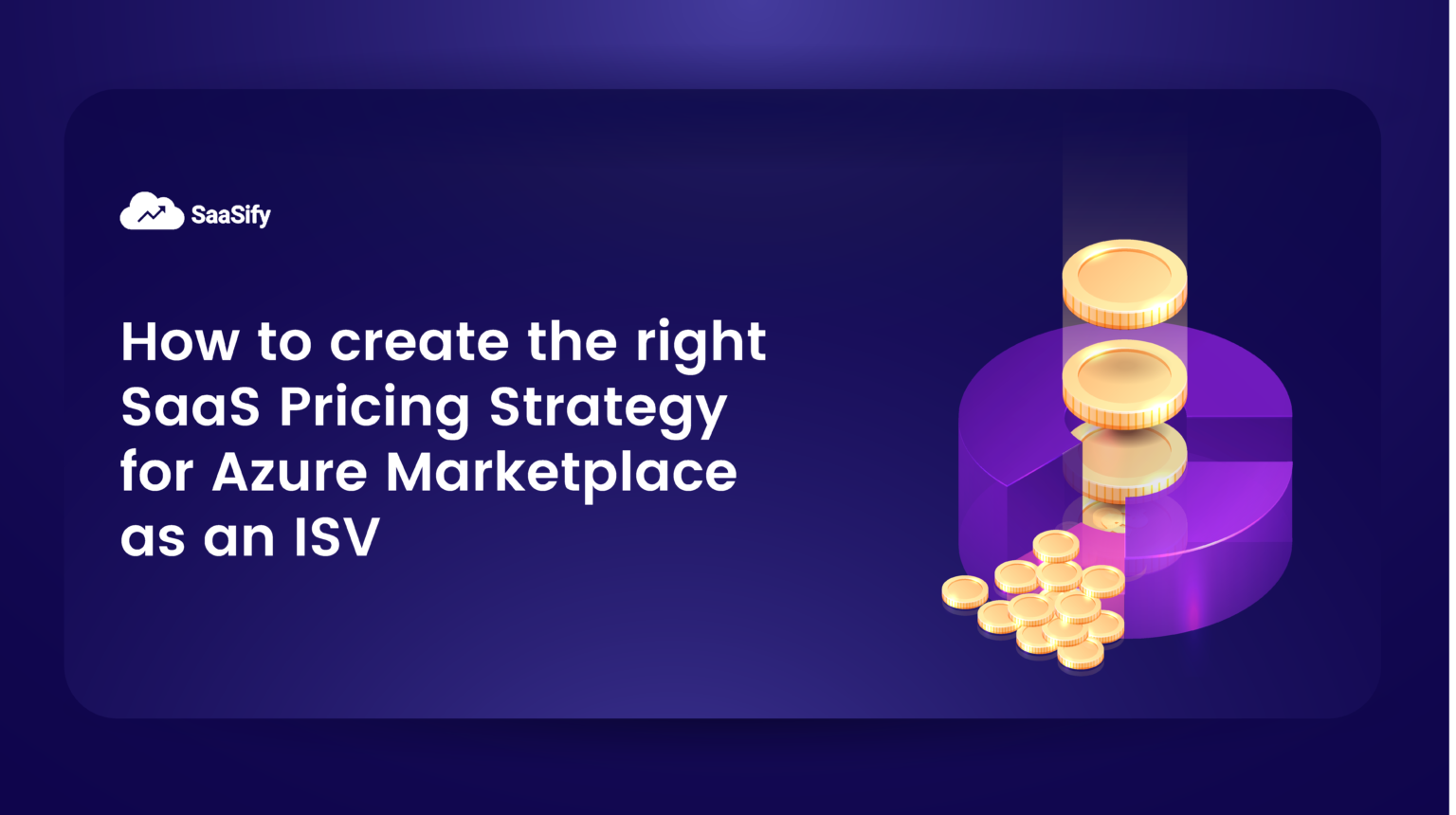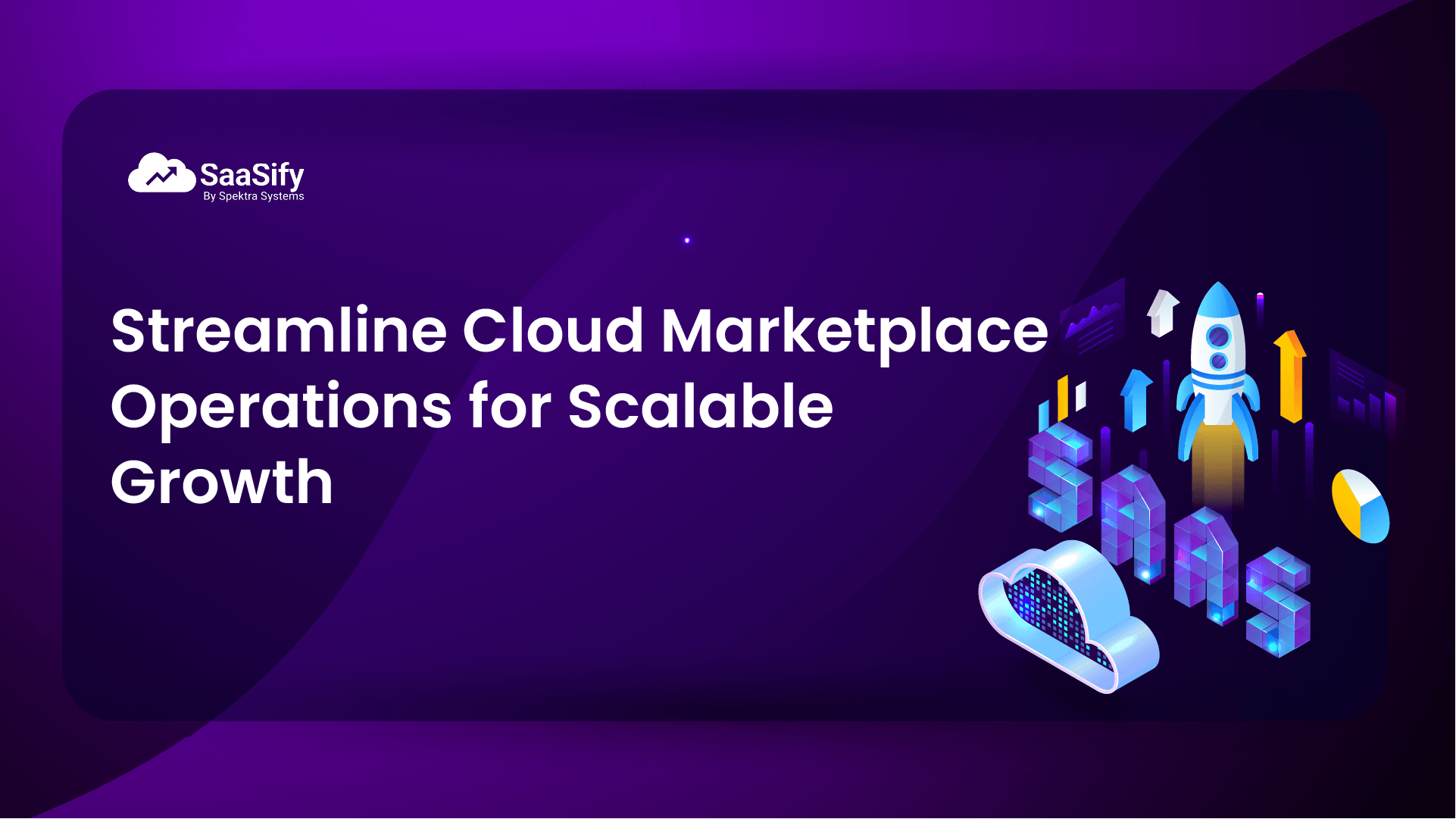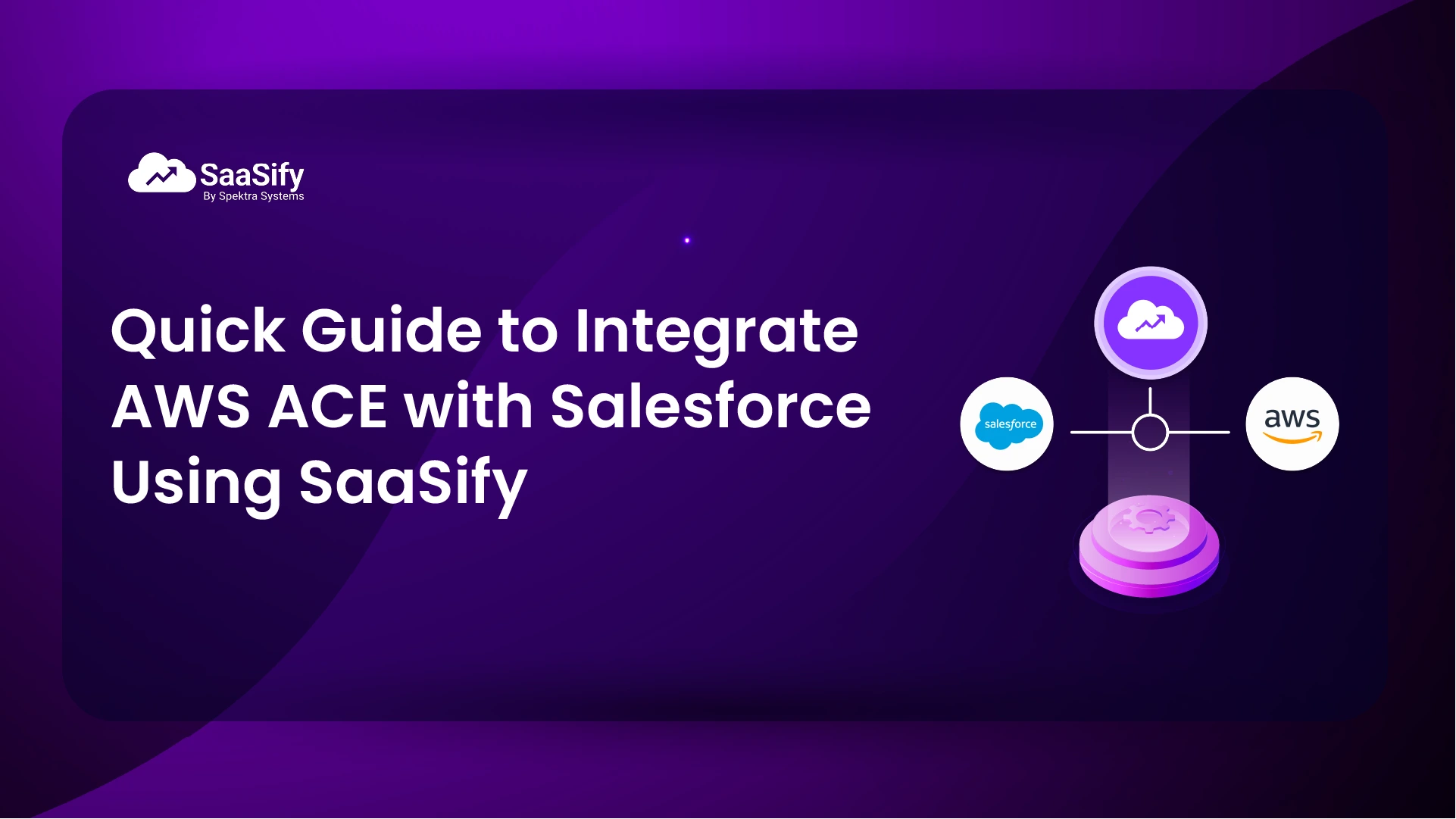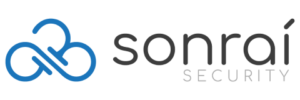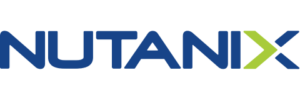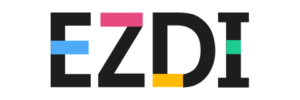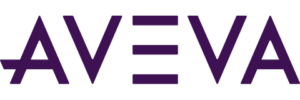Elements of a SaaS pricing strategy
Before we discuss the various ways in which you can explore to create the right SaaS pricing strategy, let’s quickly glance through the various elements you will need to consider.Payment cycle or billing cadence
You need to start by deciding how frequently or the cadence based on which you will be billing your clients, because that will have an impact on your pricing strategy. You can explore between upfront payment, annual subscriptions or monthly subscriptions. Generally, the former two options come with attractive discount offers for the customers, considering they are committing a large amount upfront. If you choose one of the them as a part of your SaaS pricing strategy, you will have the following benefits:- Greater initial working capital
- Long-term commitment with a clear revenue stream for at least 12 months
- Risk avoidance in case a customer decides to discontinue the engagement
- May not have huge budgets or cash flows upfront
- May want to explore and experiment with the solution first before making a big commitment
- May be unsure of their needs and would need the flexibility
Pricing structure
The other element of your SaaS pricing strategy should focus on how you want to price your customers for the subscriptions or the licenses they use. Depending on the market you operate in, as well as your business needs and customer expectations, you may choose a pricing structure from fixed, digressive and step pricing. The below section will help you get a deeper understanding on this.SaaS pricing strategy for ISVs in Azure Marketplace
To make it very easy for your customers to understand how much they will have to pay for your solutions, you need to have a very clear pricing structure. This refers to ensuring clarity in terms of pricing structure with respect to the number of users/licenses, features, etc. Here are a few options you can choose from.1. Fixed pricing
This SaaS pricing strategy refers to having a fixed price per user for your customers, irrespective of the number of users. As opposed to the other options mentioned below, in this case, the per unit/license pricing does not increase or decrease with an increase or decrease in the number of users. For instance, if your SaaS offer is priced at $99 per user, you will maintain the same pricing no matter if your customer takes your solution for 2 users or 100. All you need to ensure is that your pricing is competitive and you are able to justify the same with the value delivered to customers.Ideal customer persona
This SaaS pricing strategy is ideal if you have customers who don’t have a large number of users for your solution or who need many licenses at once. Since, they don’t have a critical mass to seek volume discounts, they generally prefer going with fixed pricing for a lower number of licenses and keep it simple from an accounting and billing perspective. Benefits to ISVs From your lens, this form of pricing makes billing and invoicing very simple and seamless. You don’t have to constantly look at your terms to accurately bill your customer. You can simply multiply the number of users with the fixed pricing and you can generate the bill. This way, you don’t have to invest too much into accounting resources, both software and human resources, to serve such customers.2. Digressive pricing
The next SaaS pricing strategy where each sale for the customer begets that next sales. Put simply, you may start with a price per user for the initial few users and as the customer adds a greater critical mass of users for your SaaS solution, you can offer a lower price per user, making it a win-win situation for all. For instance, you may charge $99 for 1-10 users, $89 for 11-30 users, $79 for 31-69 users and so on. These tiers can change, depending on the type of customers you deal with.Ideal customer persona
This type of SaaS pricing strategy is ideal for customers who may require a large number of licenses, across teams and verticals. It becomes attractive for them as the incremental cost for each user is significantly low and with a clear value proposition, they see it as a cost effective solution.Benefits to ISVs
Digressive pricing brings along different benefits for you. First, it is an attractive model of pricing and is likely to capture the interest of several large customers who may see the discounts as highly enticing. Second, the reduced per license cost with increase in the number of users makes it more likely for organizations to have your solution across departments. In case there is no change in pricing, organizations might want to experiment with 2-3 solution providers. However, a decrease in pricing can help you deepen relationships with existing partners and upgrade their business. Furthermore, a large number of customers can give you a view of a clear revenue stream.3. Step pricing
Step pricing is a type of flat pricing followed by incremental discounts/ reductions with increase in number of users. The idea with this SaaS pricing strategy is to offer a flat charge for a range of users, which can change as this range/ number of users increase. For instance, you may charge $900 for 1-10 users, $1600 for 11-20 users and so on. Irrespective of the number of licenses that the customer uses from the range, they will be required to pay the flat rate as decided. Ideal customer persona This SaaS pricing strategy is ideal for customers who have dynamic team sizes where the need for licenses increases and decreases rapidly. Additionally, if in some months, their need increases significantly, they will end up paying less than the average. Benefits to ISVs This SaaS pricing strategy is the most profitable for ISVs. if you look closely, you might offer a slightly lower flat charge than individual user charges for the maximum number of users. However, in most cases, your customers might not use the maximum number of licenses, leading to a significant margin in the overall sales.Create a winning SaaS pricing strategy with SaaSify
In this final section, let’s quickly glance through a few practices that can help you build a winning SaaS pricing strategy. With this, you can not only facilitate significant revenue and margins for your ISV business, but also make it equally attractive and value driven for your customers. SaaSify’s marketplace experts bring years of experience and expertise and can help you create and refine your pricing strategy to best suit your customer persona.- Create a tier pricing strategy. Have some basic functionalities for all as a base model, followed by pro and premium models that can have add on features and functionalities at an additional price.
- Offer exciting discounts and offers to secure upfront/ annual payments.
- Explicitly state the benefits that customers derive from your pricing structure as compared to traditional models.
- Keep your pricing competitive and as per market standards.
- Assistance from Spektra marketplace experts to guide your cloud sales journey and pricing
- Real-time visibility into sales, payments, subscriptions, and margins with advanced reporting and reconciliation capabilities to refine pricing strategy with an account based focus




